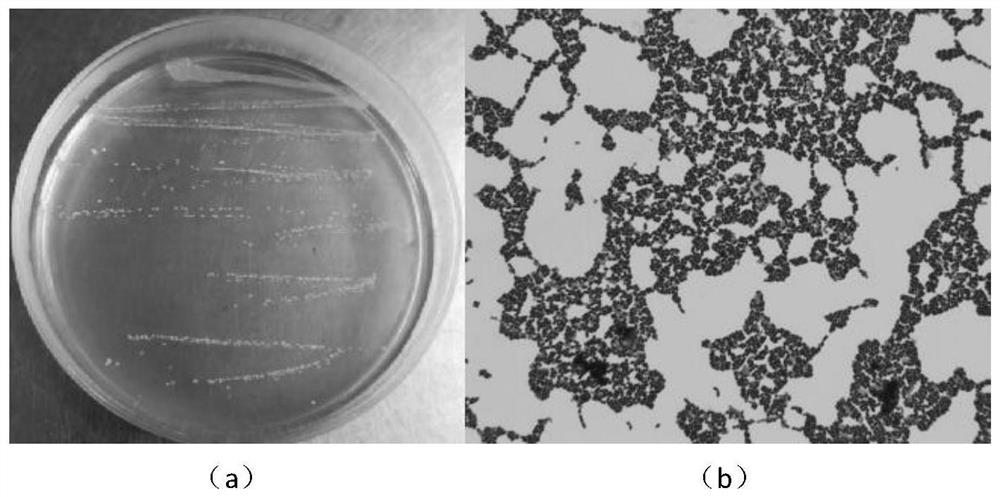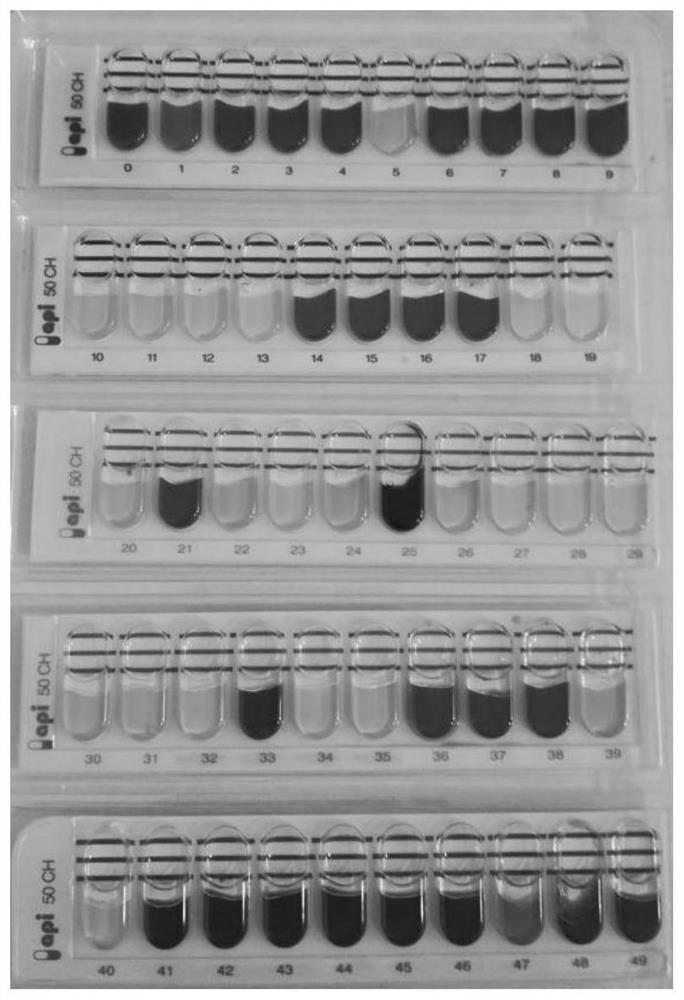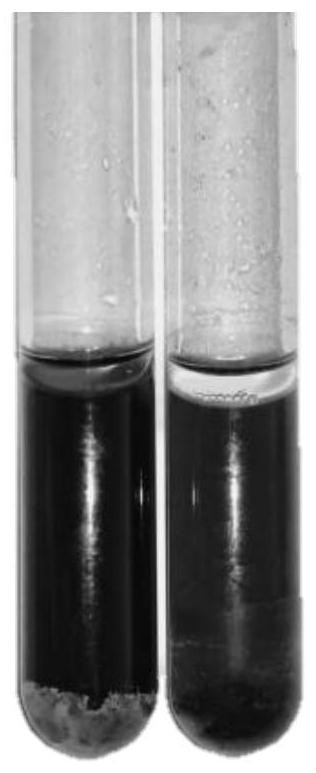Lactobacillus plantarum capable of degrading biogenic amines and salt tolerance and application thereof
A Lactobacillus plantarum, biogenic amine technology, applied in the directions of Lactobacillus, microorganism-based methods, applications, etc., can solve the problems of inability to degrade biogenic amines, food flavor or quality impact, increased toxicity of histamine and tyramine, etc. Excellent probiotic properties, good salt tolerance, good growth and reproduction
- Summary
- Abstract
- Description
- Claims
- Application Information
AI Technical Summary
Problems solved by technology
Method used
Image
Examples
Embodiment 1
[0029] Example 1 Identification of Lactobacillus plantarum SHY610 and biogenic amine degradation and salt tolerance experiments
[0030] 1 Experimental material
[0031] Lactic acid bacteria were isolated and screened from traditional fermented yak yogurt collected from herdsmen's homes in Hongyuan County, Aba Tibetan and Qiang Autonomous Prefecture, Sichuan Province.
[0032] 2 Experimental methods
[0033] 2.1 Strain identification test
[0034] The lactic acid bacteria stored in ampoules were inoculated into MRS broth, and after activation for two generations, plate streaking and Gram staining were performed. If the strain was pure, the bacterial genome DNA extraction kit was used to extract the DNA of the strain. Using bacterial universal primers 27F (5'-AGA GTT TGA TCC TGG CTC AG-3', SEQ ID No. 1) and 1492R (5'-TAC GGY TACCTT GTT ACG ACT T-3', SEQ ID No. 2), The 16S rDNA was amplified by PCR in a 25 μL reaction system, and detected by agarose gel electrophoresis after ...
Embodiment 2
[0085] Embodiment 2 Lactobacillus plantarum SHY610 inoculum is used for the preparation of pepper sprouts
[0086] Preparation of Lactobacillus plantarum SHY610 inoculum: take the activated culture solution in the MRS broth in Example 1, centrifuge at 4 000 r / min for 10 min, discard the supernatant, and wash the collected cell precipitate with sterile saline to obtain active bacteria 1 mL of lyophilized protective agent (10% skimmed milk+0.1% sodium glutamate) was added to the obtained bacterial slurry per 10 mL of culture solution, placed in an ultra-low temperature refrigerator and taken out after quick freezing, and vacuum freeze-dried to obtain Lactobacillus plantarum SHY610 inoculum.
[0087] Remove impurities and inedible parts from 50 parts by weight of prickly ash sprouts, wash the sediment and dirt with clean water, and use a stainless steel tunnel-type steam-killing equipment for steam greening, so that the green prickly ash sprouts (seedlings) are thoroughly killed a...
PUM
 Login to View More
Login to View More Abstract
Description
Claims
Application Information
 Login to View More
Login to View More - R&D
- Intellectual Property
- Life Sciences
- Materials
- Tech Scout
- Unparalleled Data Quality
- Higher Quality Content
- 60% Fewer Hallucinations
Browse by: Latest US Patents, China's latest patents, Technical Efficacy Thesaurus, Application Domain, Technology Topic, Popular Technical Reports.
© 2025 PatSnap. All rights reserved.Legal|Privacy policy|Modern Slavery Act Transparency Statement|Sitemap|About US| Contact US: help@patsnap.com



